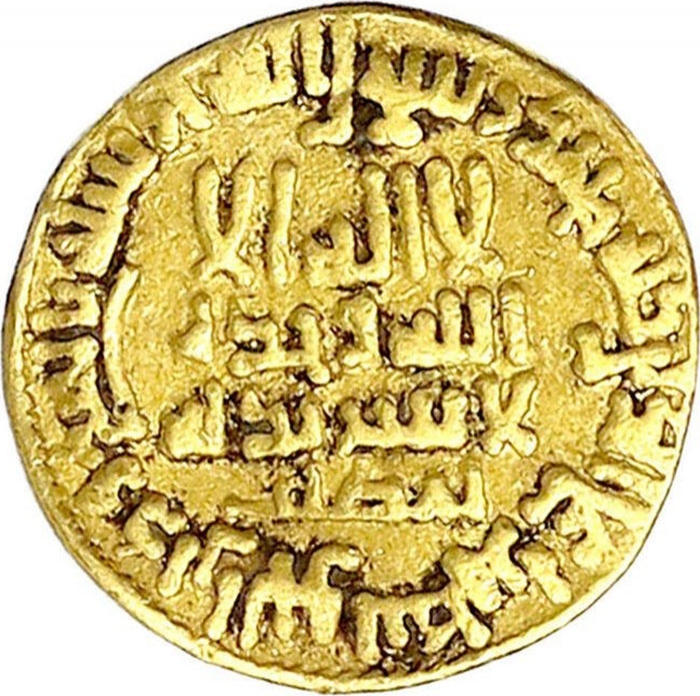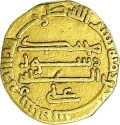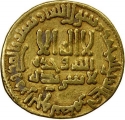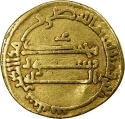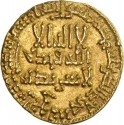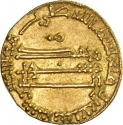You are about to finish your registration. Please check your mailbox (including spam folder). There should be a letter with a confirmation link. Check setting to make sure that your e-mail address is correct.
Send letter againDescription
The Abbasid Caliphate (Arabic: الْخِلَافَةُ الْعَبَّاسِيَّة) was the third caliphate to succeed the Islamic prophet Muhammad. It was founded by a dynasty descended from the prophet's uncle, Abbas ibn Abdul-Muttalib (566–653 CE), from whom the dynasty takes its name. They ruled as caliphs for most of the caliphate from their capital in Baghdad in modern-day Iraq, after having overthrown the Umayyad Caliphate in the Abbasid Revolution of 750 CE (132 AH). The Abbasid Caliphate first centered its government in Kufa, modern-day Iraq, but in 762 the caliph Al-Mansur founded the city of Baghdad, near the ancient Babylonian capital city of Babylon. Baghdad became the center of science, culture and invention in what became known as the Golden Age of Islam. This, in addition to housing several key academic institutions, including the House of Wisdom, as well as a multiethnic and multi-religious environment, garnered it a worldwide reputation as the "Center of Learning".
Abu al-Abbas Abdallah ibn Harun al-Rashid (Arabic: أبو العباس عبد الله بن هارون الرشيد,ʿi; 786–833), better known by his regnal name Al-Ma'mun (Arabic: المأمون), was the seventh Abbasid caliph, who reigned from 813 until his death in 833. He succeeded his half-brother al-Amin after a civil war, during which the cohesion of the Abbasid Caliphate was weakened by rebellions and the rise of local strongmen; much of his domestic reign was consumed in pacification campaigns. Well-educated and with a considerable interest in scholarship, al-Ma'mun promoted the Translation Movement, the flowering of learning and the sciences in Baghdad, and the publishing of al-Khwarizmi's book now known as "Algebra". He is also known for supporting the doctrine of Mu'tazilism and for imprisoning Imam Ahmad ibn Hanbal, the rise of religious persecution (mihna), and for the resumption of large-scale warfare with the Byzantine Empire.
Obverse

|
Depicts the inscriptions in Arabic “There is no god but God alone / He has no associate", "Al Muttalib", "Muhammad is the Messenger of God” and “He sent him with guidance and the true religion to make it victorious over every religion.” لا اله الا |
|---|---|
Reverse

|
Depicts the inscriptions in Arabic "Holder of the two ministries, ministry and army together during al-Ma'mun era", "Muhammad is the Messenger of God", "al-Fadl" and "In the name of God, This dinar was struck in the year 199." ذو الرياستين |
| Edge |
